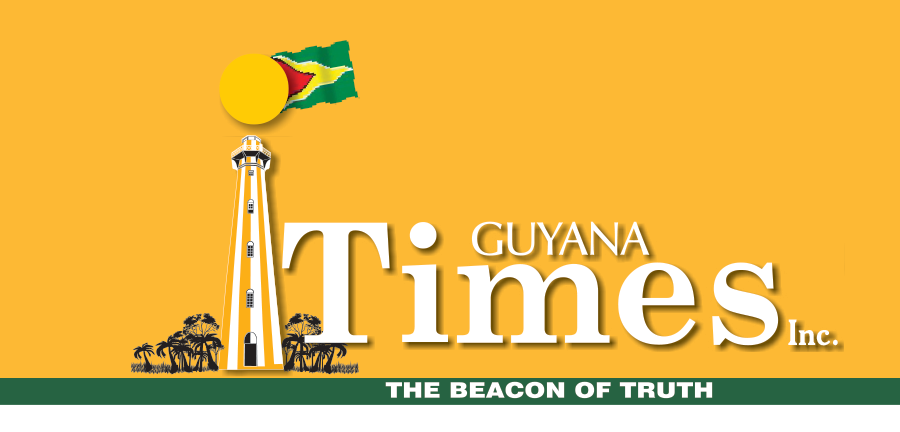Women now account for 50 per cent of participants in the Sustainable Wildlife Management (SWM) Programme in the Rupununi – a dramatic rise from just 30 per cent when the initiative began four years ago.
The shift signals a major breakthrough for gender inclusion in conservation and community development, with women taking on more leadership roles in wildlife monitoring, environmental education and eco-tourism.

To date, the programme has trained 491 women in technical fields, engaged 450 girls in environmental education and created jobs for 177 women.
The programme has also improved women’s economic opportunities, with 51 per cent of trainees in eco-tourism and hospitality being women, helping them secure livelihoods while strengthening Rupununi’s tourism sector.
The results, according to the Food and Agriculture Organisation of the United Nations (FAO) and its partners, go beyond numbers – they mark a cultural transformation where women are no longer bystanders in conservation but central drivers of change. One standout example is Lorrie Ann Thomas, a turtle conservationist who involves children in egg-rescue missions. Her work highlights how women are not only protecting wildlife but also passing knowledge on to future generations. Recognising the importance of teaching children about natural resource management, Thomas and her team take young wildlife club members on monitoring missions. During these trips, they rescue turtle eggs from flooding beaches, teaching the children valuable conservation skills and fostering a sense of environmental stewardship. When asked about the importance of involving more women in turtle conservation, Thomas said, “It is important to have women on board because as mothers, we see the need to pass on this knowledge to our children. That is important for this work to keep going.”

Her work has already shown results, with more turtles now basking on the sand banks than ever before. The SWM Programme’s approach goes beyond training and employment. It has integrated social safeguard strategies to ensure women are involved in decision-making processes. The programme actively works to remove barriers that have historically limited women’s participation in sustainable wildlife management. One such barrier is the lack of representation in leadership roles. By providing women with the skills and opportunities to engage in wildlife management, the programme ensures they have a seat at the table. Women like Lorrie Ann Thomas are leading the way, demonstrating that conservation efforts become more sustainable and impactful when women take the lead.
A model for the future, the SWM Programme’s approach to wildlife management and community development in the Rupununi is a model that can be replicated elsewhere. By placing people’s rights at the centre of conservation efforts and recognising the unique role women play, we can achieve conservation needs and sustainable livelihoods. It is also a testament to the power of community-driven conservation. It demonstrates that when local communities – especially women – are empowered, they become the most effective stewards of their natural resources. By ensuring women have equal seats at the decision-making table, the SWM Programme is redefining conservation as a gender-inclusive, community-driven model – one that could serve as a blueprint for other regions around the world. The Rupununi is a region of breathtaking beauty. Rolling savannahs, majestic mountains, and lush waterfalls form the backdrop of a rich tapestry of biodiversity. It is also home to approximately 24,000 persons, predominantly from three Indigenous groups, whose lives are intertwined with the wildlife and ecosystems around them. Wildlife provides these communities with food and income, while also holding deep cultural significance.
However, the delicate balance between human needs and wildlife conservation is increasingly under threat. Addressing these challenges requires innovative solutions, and women are at the heart of this transformation.
SWM
The SWM Programme, supported by the European Union (EU) and implemented by a dynamic consortium of four partners, including the FAO, has been working to develop such solutions in fifteen countries. In Guyana, FAO supports the Centre for International Forestry Research and World Agroforestry (CIFOR-ICRAF) in implementing this approach, which recognises that sustainable wildlife management must be community-driven and inclusive, with women playing a pivotal role in conservation efforts.
Discover more from Guyana Times
Subscribe to get the latest posts sent to your email.











